Researchers always push boundaries and love to bend nature to their advantage. Laboratories are a great place for researchers and scientists to push the boundaries of science. They can grow very strange things no one thought possible. Here are 15 very strange things that are grown in a lab.
1. Diesel fuel-making bacteria

Scientists at the University of Exeter have found a way to make diesel fuel from E.coli bacteria. Imagine having your car run entirely on bacteria? Genius!
2. Clothes
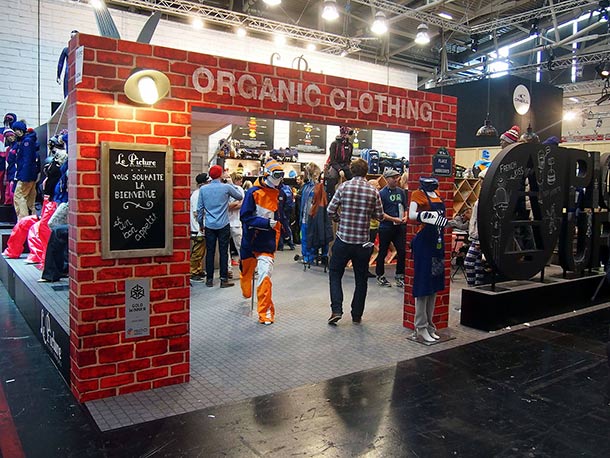
Scientists have found a way to grow leather in a lab and now have also found a way to make other clothing materials in a lab. Biocouture, a UK company, has been developing and growing clothes with ingredients like sugar. The best part? The clothes are even compostable.
3. Diamonds

Imagine growing diamonds in a lab instead of mines? These lab diamonds are made from the same chemical properties as normal diamonds and popular jewellers are embracing these types of diamonds.
4. Pig bones
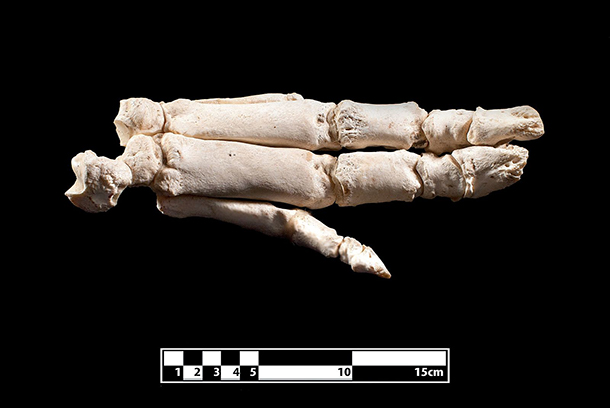
Scientists at the University of Michigan have found ways to grow pig bones from cells. This could mean that scientists could do the same thing with human bones soon.
5. Hamburgers
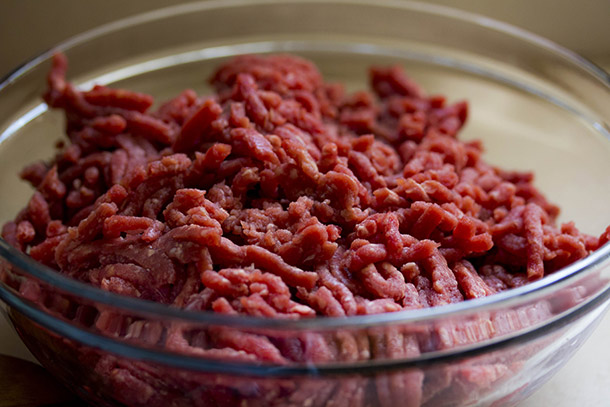
In 2013, researchers were finally able to develop edible lab-grown meat. How do they do it? They take stem cells from the shoulder of cows. One patty equals to 20,000 cells.
6. Skin

Burn patients will be happy to know that scientists in Japan at the RIKEN Center for Developmental Biology have grown skin tissue by using hair follicles and sebaceous glands.
7. Human-pig embryo

Scientists injected stem cells into a pig embryo to create the first human-pig embryo. The embryo was .001% human.
8. Apple ears

Biophysicist Andrew Pelling was able to grow human cells by biohacking an apple. Researchers were successful in making ears and even tested them on a mouse.
9. Rabbit penis

Babies born with defects might soon be able to get a penis transplant. Researchers were able to grow rabbit penises and transplant them on rabbits. Humans could be next.
10. Mice sperm

Male infertility could be cured one day thanks to Scientists at Nanjing Medical University. The scientists were able to change mice stem cells into sperm cells.
11. Coral

Coral reefs around the globe have seen a significant decline over the past few decades. Researchers have found a way to grow coral by collecting sex cells from the island of Curaçao.
12. Bladder

The cells from malfunctioning bladders were taken from children to grow thin sacs of tissue. The scientists were able to graft the artificial organs on the patients’ bladders.
13. Vaginas
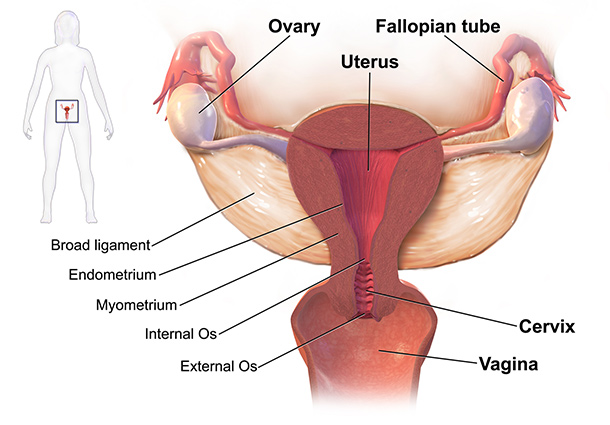
Women with birth defects that result in underdeveloped vaginas and uteruses will be happy to know researchers were successful in transplanting vaginas by taking cells and growing vaginas in their labs.
14. Human eggs

Infertility could be a thing of the past. Scientists were able to grow human eggs and bring them to total maturity in a lab. These eggs could technically be fertilized.
15. Brain balls

Scientists were able to grow tiny balls with human brain tissue. 4 mm in diameter, these small balls could help better understand diseases like Alzheimer’s.
Source: List25


![[Photos] Why WD-40 Is Magic In Your Garden?](https://lifetonik.com/wp-content/uploads/sites/7/2019/08/WD40-Prices-Highres_Page_8_Image_0008-218x150.jpg)
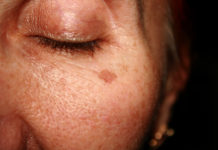
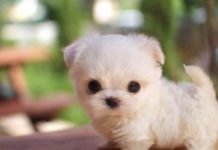
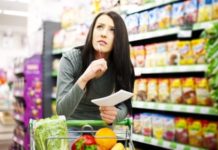

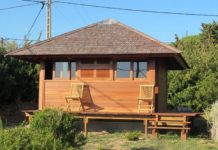
![[Photos] Take A Look Of The Obama’s New Home Before It’s Banned](https://lifetonik.com/wp-content/uploads/sites/7/2019/07/Obama1-218x150.jpg)
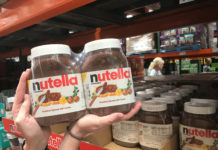
![[Slideshow] Celebrity Homes: 21 Of The Most Luxurious](https://lifetonik.com/wp-content/uploads/sites/7/2019/07/Taylor-Swift-218x150.jpg)
![[Slideshow] More Parents Are Now Gluing Pennies to the Bottom of their Kid’s Shoes](https://lifetonik.com/wp-content/uploads/sites/7/2019/07/Keep-Them-Entertained-218x150.jpeg)
![[Photos] 20 Fashion Mistakes That Too Many Women Make!](https://lifetonik.com/wp-content/uploads/sites/7/2019/07/5-style-mistakes-that-make-you-look-frumpy-featured-218x150.jpg)

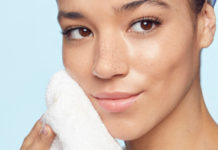
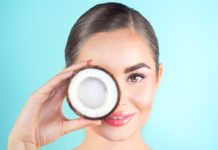
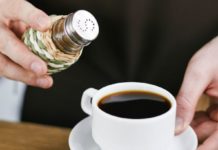
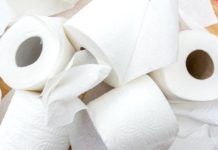
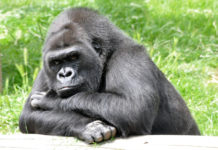
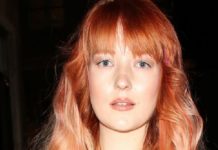



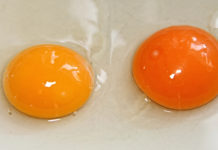








![[Gallery] 25 Discounts For Seniors To Which You Are Entitled Without Knowing It](https://lifetonik.com/wp-content/uploads/sites/7/2019/08/EAZxECUXUAAvNZR-218x150.jpg)
![[Slideshow] Here’s the salary of every governor in the United States](https://lifetonik.com/wp-content/uploads/sites/7/2019/08/Charlie-Baker-218x150.jpg)
![[Photos] No One Will Want To Buy This House After Seeing These Pictures](https://lifetonik.com/wp-content/uploads/sites/7/2019/08/terrible-real-estate-photos-2-5c35e727c9f95__700-218x150.jpg)



